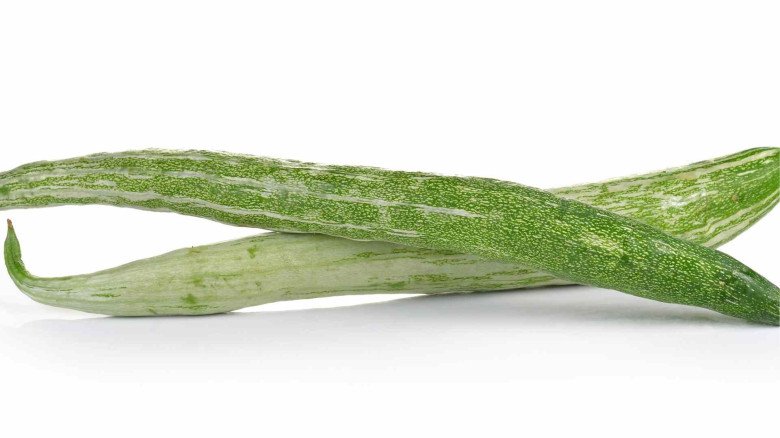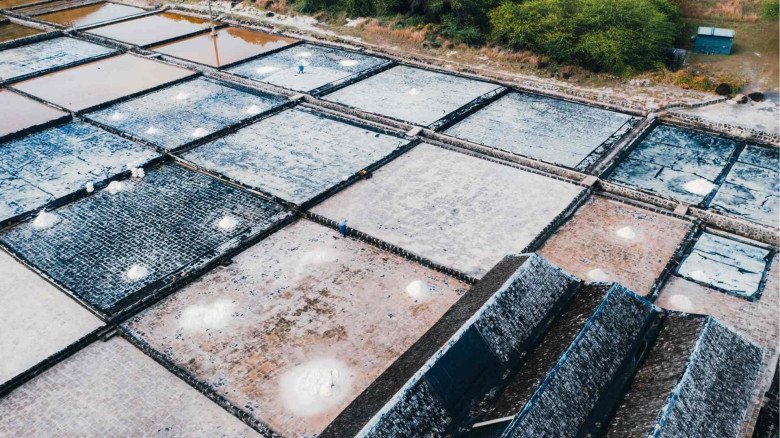Advancing Sustainable Agriculture Through Innovative Emission Reduction Technologies
In the struggle for a more sustainable future, the agriculture sector is a vital battleground. Agriculture not only gives billions of people food and a means of livelihood, but it also contributes significantly to greenhouse gas emissions. From methane emitted by cattle to nitrous oxide released by fertilizers, agriculture has a major influence on the environment. However, because of advancements in technology and innovative thinking, there is a growing emphasis on reducing emissions in agriculture. This blog will look at several agricultural emission reduction technologies and how they impact the switch to more sustainable farming methods.
Comprehending the Emissions of Agriculture
Prior to looking at emission reduction measures, it is important to understand the sources of emissions in agriculture. Agriculture releases three primary types of greenhouse gases: carbon dioxide (CO2), methane (CH4), and nitrous oxide (N2O).
Carbon Dioxide (CO2): The primary source of CO2 emissions in agriculture is the use of fossil fuels for equipment, transportation, and energy-intensive processes like irrigation and drying. Deforestation for increased agriculture contributes to CO2 emissions because trees act as carbon sinks.
Methane (CH4): Methane is produced by the anaerobic decomposition of organic materials in low-oxygen environments, such flooded rice fields, and by the digestive systems of ruminant animals, such as sheep and cows.
Nitrous oxide (N2O): Nitrogen fertilizers and manure management practices are the primary sources of N2O emissions. Microbial activity in soils emits N2O, a powerful greenhouse gas with a warming potential far greater than that of CO2.
Now let's look at some of the most important instruments and strategies for reducing emissions from farming activities:
Precision Agriculture: By using technology such as GPS, sensors, drones, and data analytics, precision agriculture optimizes agricultural management practices. By carefully tailoring inputs like water, fertilizer, and pesticides to the specific needs of their crops, farmers may reduce waste and emissions. One way to mitigate overapplication of fertilizer is to adjust application rates based on soil nutrient levels. This will reduce nitrogen runoff and subsequent N2O emissions.
Tillage for Conservation: Conventional tillage methods have the potential to disrupt soil structure and release stored carbon into the atmosphere since they involve manually moving the soil. Reduced or no-till farming is one example of a conservation tillage technique that lessens soil disturbance, preserves organic matter, and emits less carbon dioxide. Remaining crop residue that is left on the soil's surface may also act as a carbon sink to further lower emissions.
Livestock Management: The primary mechanism through which livestock production greatly increases methane emissions is enteric fermentation in the digestive tracts of ruminant animals. Nonetheless, reducing these emissions may be made possible by advancements in animal management practices. Methane production per unit of animal product may be reduced by using techniques such as improving feed quality to enhance digestive efficiency or adding feeding additives like methane inhibitors.
Integration of Renewable Energy: By moving away from fossil fuel-based energy sources and toward renewable energy, agriculture may drastically cut its CO2 emissions. Wind turbines, solar energy, and biomass energy systems can all power farm activities, reducing reliance on carbon-intensive energy sources. Furthermore, the anaerobic digestion of organic waste, such as crop residues and manure, may create biogas, which not only provides sustainable energy but also helps decrease methane emissions, by collecting and utilizing biogas that would otherwise be discharged into the environment.
Agroforestry and Afforestation: By adding trees and shrubs to agricultural areas, agroforestry practices enhance soil health, biodiversity, and atmospheric carbon sequestration. Agroforestry techniques including silvopasture, windbreaks, and alley cropping not only increase farmers' income but also have a number of positive environmental effects. Similar initiatives, known as afforestation, plant trees on marginal or degraded land with the goal of generating carbon sinks and lowering CO2 emissions.
Better Nutrient Management: Efficient nutrient management techniques are necessary to lower nitrous oxide emissions from agricultural soils. To increase nutrient utilization efficiency and minimize nitrogen losses and associated emissions, fertilizer applications may be timed to coincide with plant absorption, slow-release fertilizers can be employed, and cover crops can be used. Additionally, the use of precision irrigation systems may reduce waterlogging and soil nitrogen saturation, both of which encourage the production of N2O.
Carbon Farming Practices: "Carbon farming" refers to the practice of storing carbon in plants and soil using a range of agricultural approaches. Among the methods that support soil carbon sequestration and enhance biodiversity and ecosystem resilience are organic farming, agroecology, and rotational grazing. Carbon farming initiatives sometimes leverage payments for ecosystem services or carbon credits as a means of providing farmers with financial benefits and environmental conservation.
Advanced emission reduction technology in agriculture from Farmersrathna Agri-news
Possibilities and Difficulties
Difficulties: High upfront costs: The initial investment in agricultural emission reduction technology may be too expensive for many farmers, especially those in poor countries with limited resources.
Technological barriers: Adoption of current technologies may be impeded by their complexity and accessibility, requiring support and training in their usage.
Restricted availability of information and resources: Using emission reduction methods in agriculture may be challenging in remote or underdeveloped areas, in particular, due to a lack of infrastructure and knowledge.
Policies and incentives that are supportive are necessary: Effective legislation and financial incentives are crucial to assist farmers in using emission reduction technology in agriculture and overcoming financial barriers.
Prospects: Increasing consciousness A heightened awareness of the environmental impact of agriculture is driving the demand for emission reduction technologies and practices.
The need of climate change: The pressing need to address climate change is driving innovation and investment in sustainable farming methods.
Collaboration among stakeholders: Partnerships throughout the agricultural value chain encourage resource sharing and information exchange in order to cut emissions collectively.
Innovative fixes: New, affordable technologies and approaches that are tailored to different agricultural settings and systems are the outcome of ongoing research and development.
In summary
Agricultural use of emission-reduction technology offers a glimpse of hope in the battle against climate change. Agricultural systems may be changed to become more resilient, sustainable, and egalitarian by using innovation, science, and cooperation. The methods and tools at our disposal, including as conservation tillage, precision farming, and the integration of renewable energy, have the potential to significantly lower greenhouse gas emissions, protect natural resources, and ensure food security for future generations. As we go toward a more sustainable future, let's cultivate a positive link between agriculture and the environment, safeguarding the planet for coming generations while simultaneously taking care of the land that sustains us.
-logo.webp.png)
.jpg)
-logo.webp.png)


































Leave A Comment